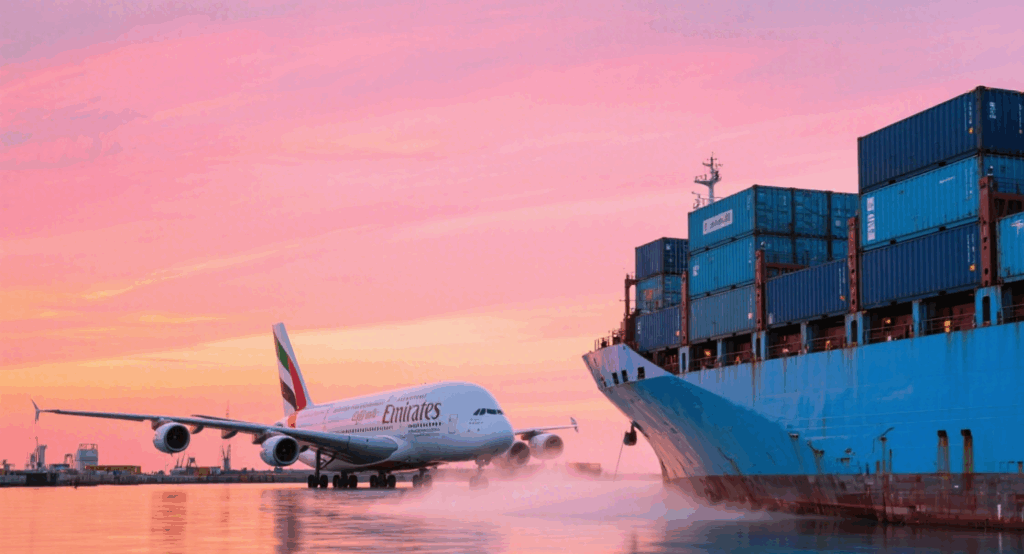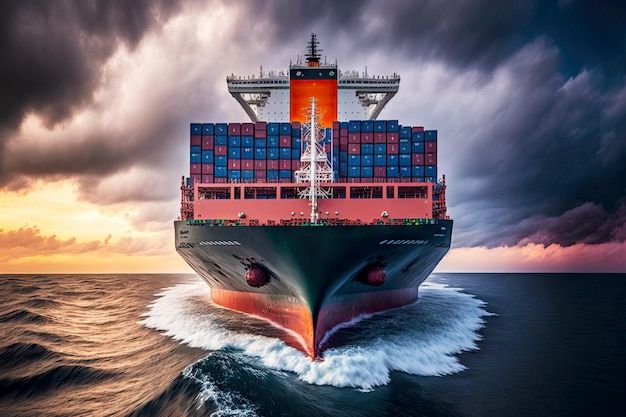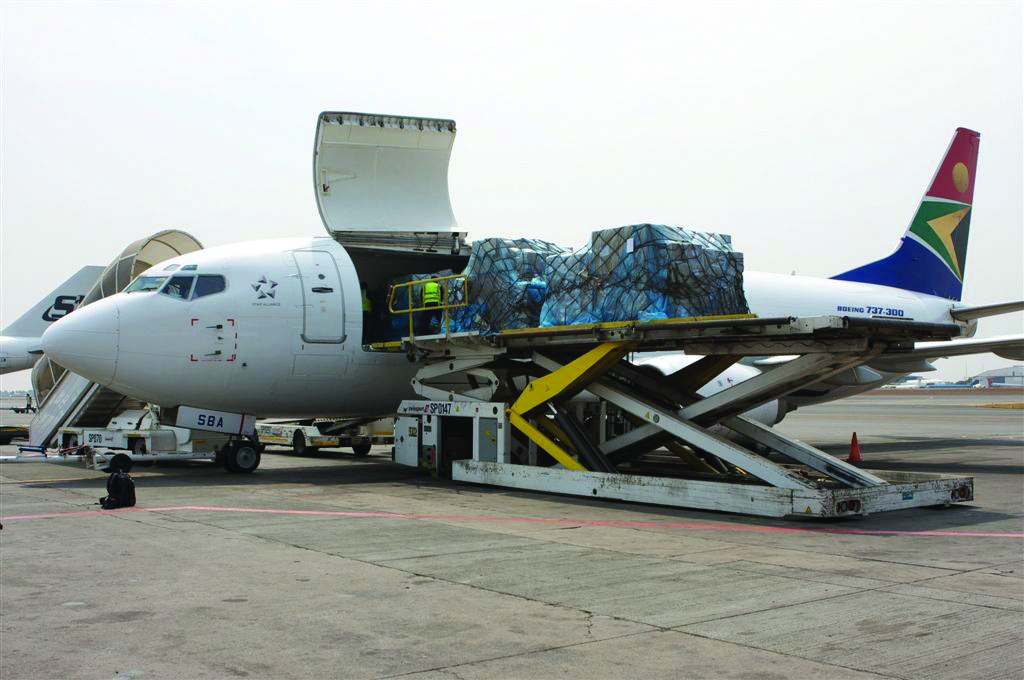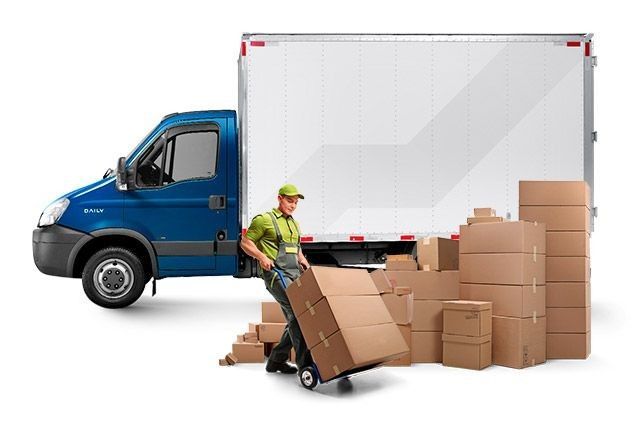Table of Contents
Global trade between China and Australia continues to expand, especially in industries like mining, textiles, electronics, and consumer goods. For importers, understanding international shipping from China to Australia is essential to balance freight cost, delivery time, and customs compliance. However, logistics can be complex with multiple routes, carriers, and requirements. Moreover, without proper planning, businesses risk costly delays. This article provides a full breakdown of methods, costs, transit times, documents, and practical strategies.
Why Choose International Shipping from China to Australia?
China is Australia’s largest trading partner. Accordingly, most Australian businesses rely on regular shipments from major Chinese ports such as Shanghai, Shenzhen, Ningbo, and Qingdao. Additionally, sea freight offers scalable solutions for bulk imports, while air freight supports urgent needs.
How Much Does International Shipping from China to Australia Cost?
| Shipping Mode | Average Cost (USD) | Best For | Transit Time |
|---|---|---|---|
| FCL (20GP) | $1,000 – $1,350 per container | Bulk cargo, heavy loads | 18–25 days |
| FCL (40HQ) | $1,800 – $2,400 per container | High-volume shipments | 18–25 days |
| LCL | $90 – $120 per CBM | Small or shared cargo | 20–28 days |
| Air Freight | $5.5 – $9 per kg | Urgent, high-value items | 3–7 days |
| Express | $6 – $10 per kg | Parcels, e-commerce goods | 3–5 days |
Note: Rates vary depending on seasonality, fuel prices, and port surcharges.

Which Routes Connect China and Australia?
| Origin Port (China) | Destination Port (Australia) | Transit Time |
|---|---|---|
| Shanghai | Sydney | 20–25 days |
| Ningbo | Melbourne | 18–22 days |
| Shenzhen (Yantian) | Brisbane | 20–24 days |
| Qingdao | Fremantle (Perth) | 22–26 days |
On the other hand, air freight services link Guangzhou, Shanghai, and Hong Kong to Sydney, Melbourne, and Brisbane daily.
What Factors Influence Freight Cost?
- Cargo Volume & Weight – LCL uses CBM; air uses kg-based rates.
- Mode of Transport – Sea is cheapest per unit; air is fastest.
- Seasonality – Costs rise during Chinese New Year and Q4 peak.
- Fuel & Bunker Charges – Oil price fluctuations affect freight rates.
- Incoterms – FOB, CIF, or DDP terms shift responsibility.
As a result, negotiating with freight forwarders in advance helps lock in competitive rates.
What Documents Are Required?
| Document | Purpose |
|---|---|
| Bill of Lading / AWB | Proof of shipment ownership |
| Commercial Invoice | Declares value of cargo |
| Packing List | Provides cargo details |
| Certificate of Origin | Confirms manufacturing country |
| Import Declaration | Required by Australian Border Force |
| Fumigation Certificate | Needed for wooden packaging and pallets |
Without a doubt, missing or incorrect paperwork can cause significant clearance delays at Australian ports.
How to Decide Between Sea and Air Freight?
| Mode | Pros | Cons |
|---|---|---|
| Sea Freight | Lowest cost, scalable, ideal for bulk | Longer transit time |
| Air Freight | Fast, reliable, ideal for high-value | Expensive per kilogram |
| Express | Door-to-door, fastest for parcels | Higher shipping charges |
To illustrate, importers often use sea freight for furniture and textiles, while air freight suits electronics and pharmaceuticals.
How Long Does Shipping Take?
| Shipping Mode | Transit Time |
|---|---|
| FCL | 18–25 days |
| LCL | 20–28 days |
| Air Freight | 3–7 days |
| Express | 3–5 days |
Moreover, customs clearance in Australia usually adds 2–4 days, especially if quarantine checks apply.
Strategies to Reduce International Shipping Costs
- Book Early: Lower rates are available with advance booking.
- Consolidate Shipments: Combine orders into full containers.
- Optimize Packaging: Maximize CBM efficiency.
- Avoid Peak Seasons: Ship during off-peak months.
- Negotiate Terms: Use FOB to control freight choices.
For example, businesses that consolidate shipments through Ningbo typically save 10–15% compared to multiple LCL bookings.
Real Case Studies
Case 1: Furniture Shipment – Guangzhou → Sydney
- Cargo: 40HQ, 27 tons of furniture
- Freight: $2,200
- Transit: 21 days
- Result: Saved 12% by consolidating orders into one FCL container.
Case 2: Electronics – Shanghai → Melbourne
- Cargo: LCL, 15 CBM consumer electronics
- Freight: $1,500
- Transit: 23 days
- Result: Reduced per-unit cost by shipping during off-peak season.
Conclusion
International shipping from China to Australia requires balancing costs, speed, and customs compliance. Sea freight remains the most economical option for bulk goods, while air freight is chosen for urgent cargo. Ultimately, businesses that plan shipments strategically, optimize packaging, and partner with reliable forwarders achieve smoother supply chains and reduced expenses. For dependable service and cost savings in international shipping from China to Australia, work with an experienced logistics provider.
- Consult TJ China Freight Forwarding for the lowest quote. They will provide you with reliable, cost-effective service.
FAQ:
Q1.What is the cheapest way to ship goods from China to Australia?
The cheapest way is sea freight with FCL, offering the lowest unit cost. Consolidating shipments further reduces expenses for importers shipping bulk cargo.
Q2.How long does international shipping from China to Australia take?
FCL and LCL sea freight typically take 18–28 days, while air freight ranges between 3–7 days. Express courier services average 3–5 days.
Q3.Can I ship small parcels from China to Australia?
Yes, small parcels are best sent via express courier services, which provide door-to-door delivery in 3–5 days with customs clearance included.
Q4.What documents are needed for customs clearance?
Key documents include Bill of Lading, Commercial Invoice, Packing List, Certificate of Origin, and Import Declaration required by Australian Border Force.
Q5.How can businesses reduce freight costs effectively?
Strategies include consolidating cargo, booking early, avoiding peak seasons, and negotiating favorable Incoterms such as FOB to gain better freight control.




